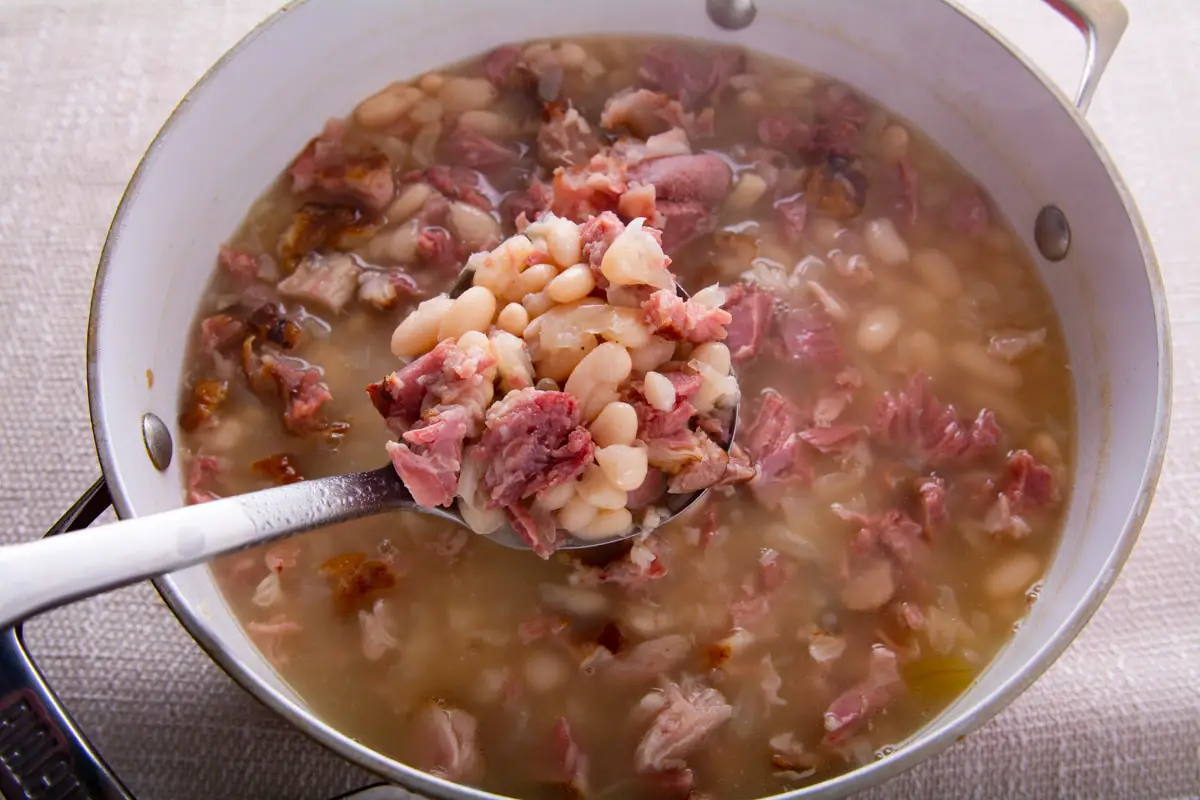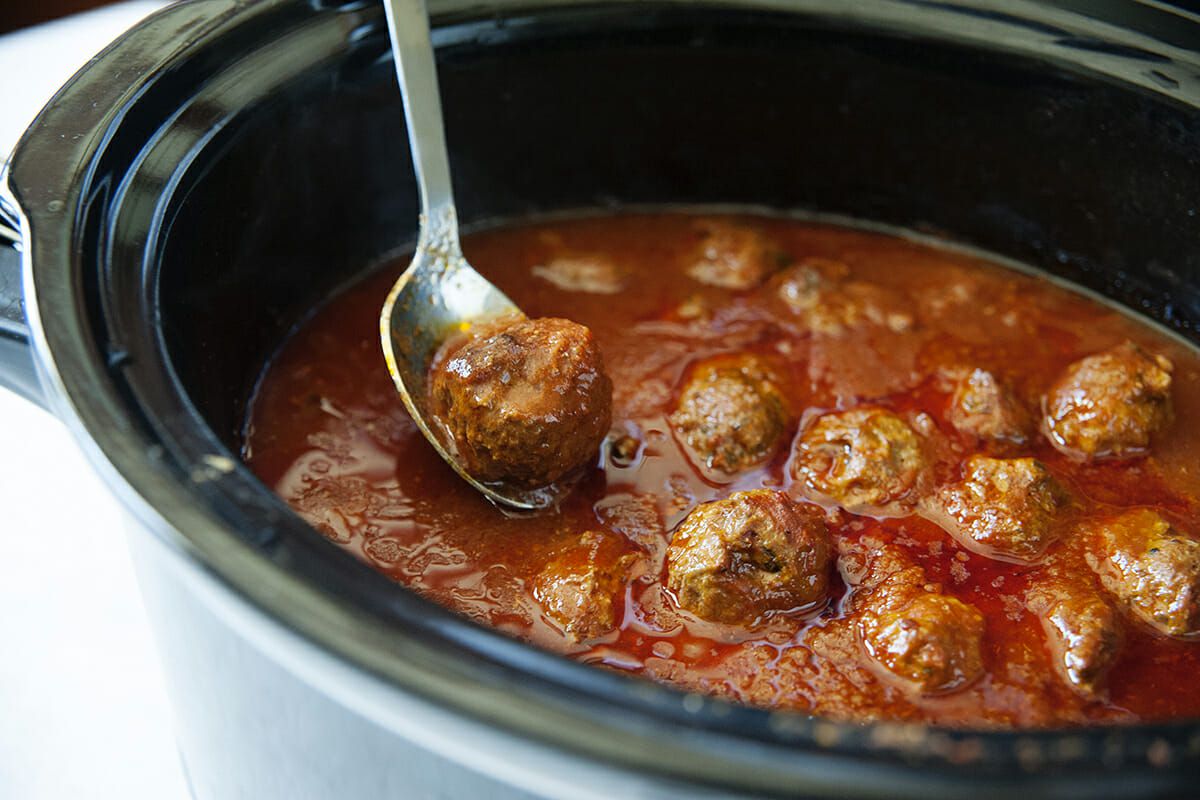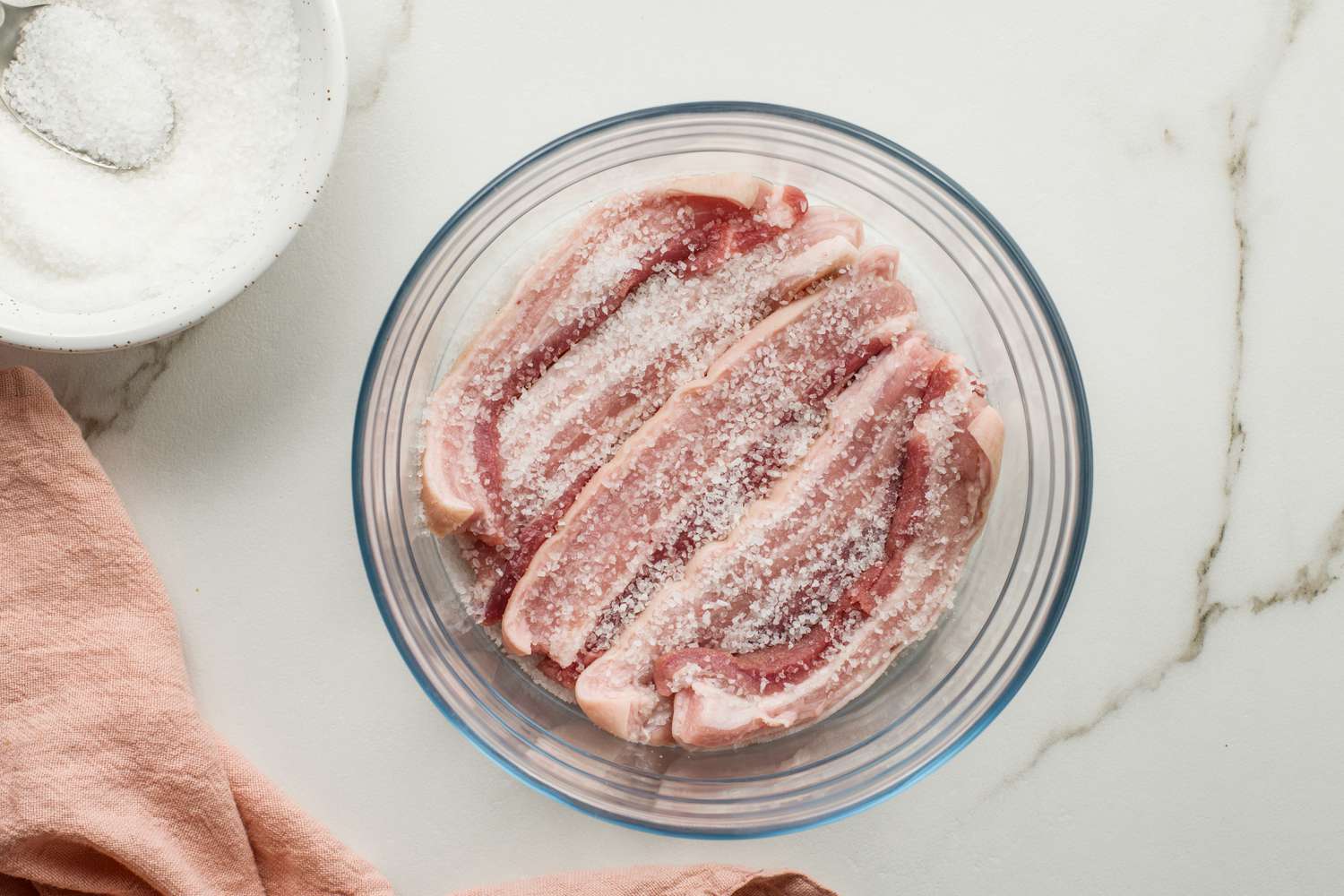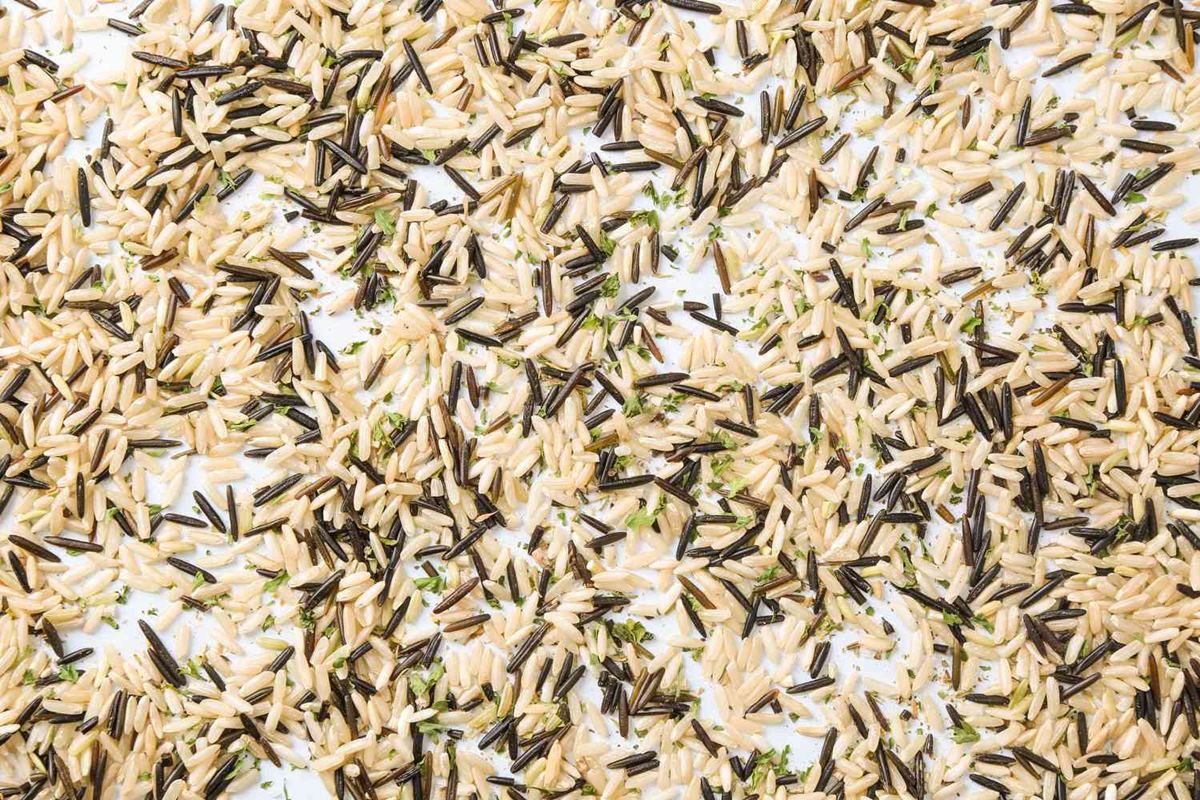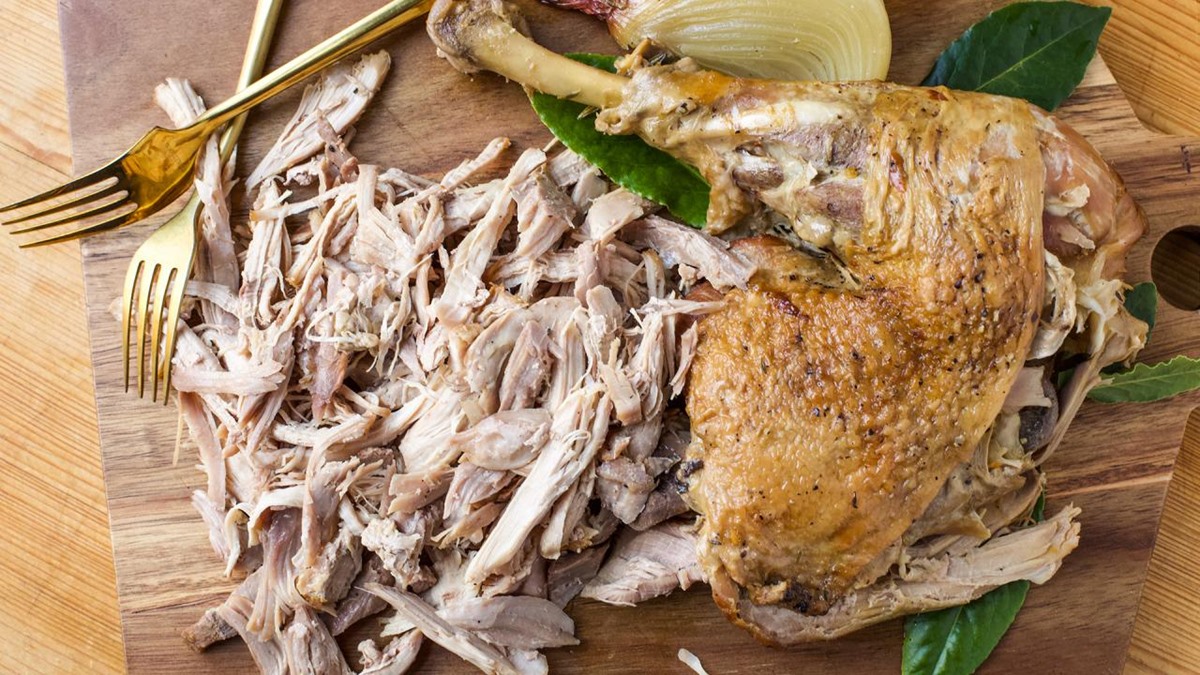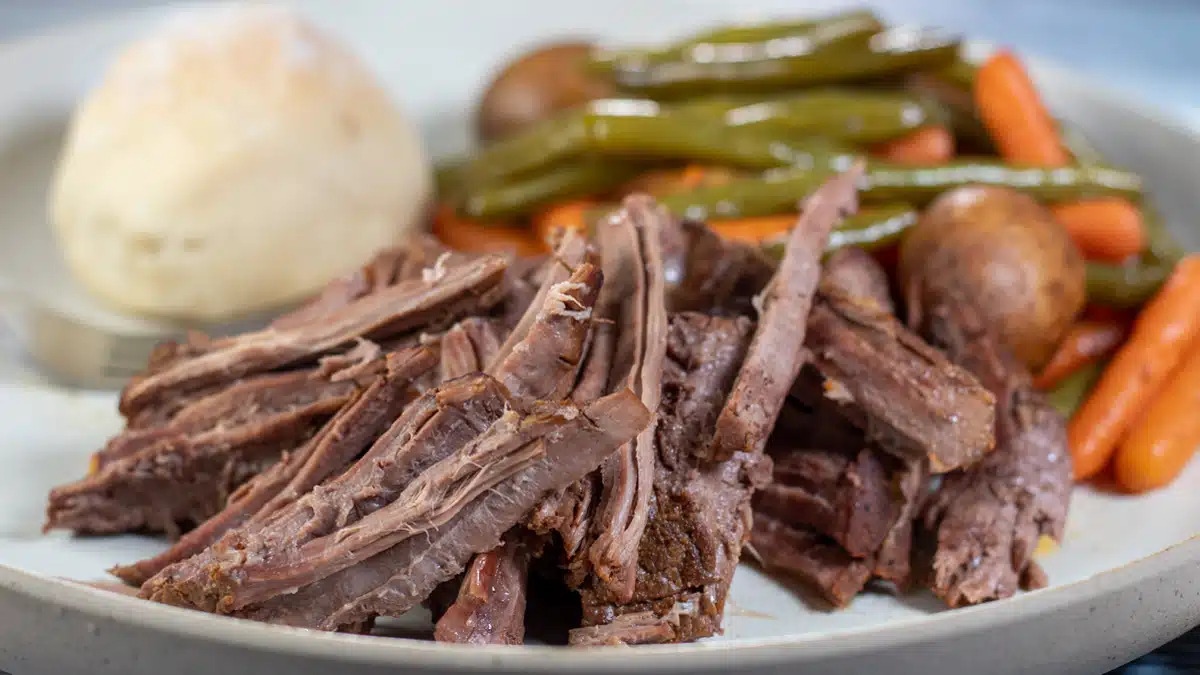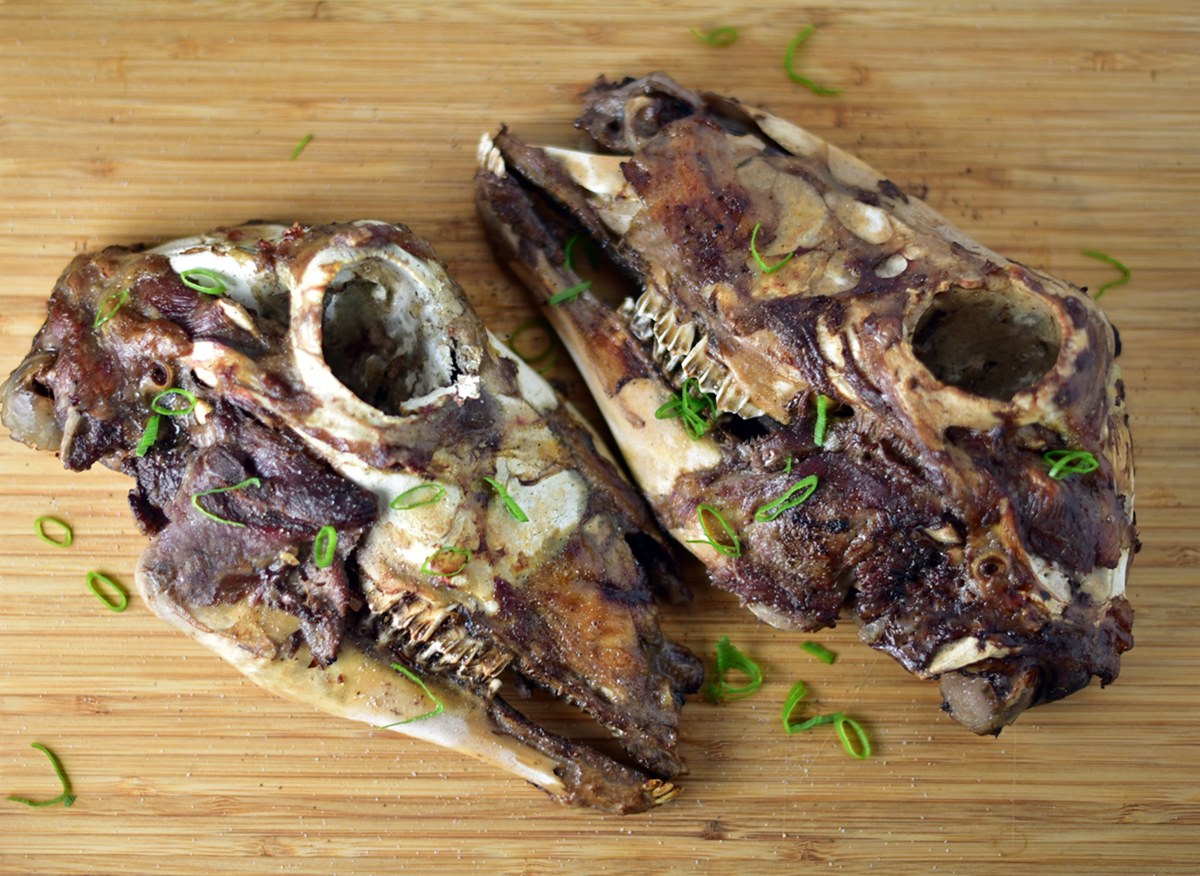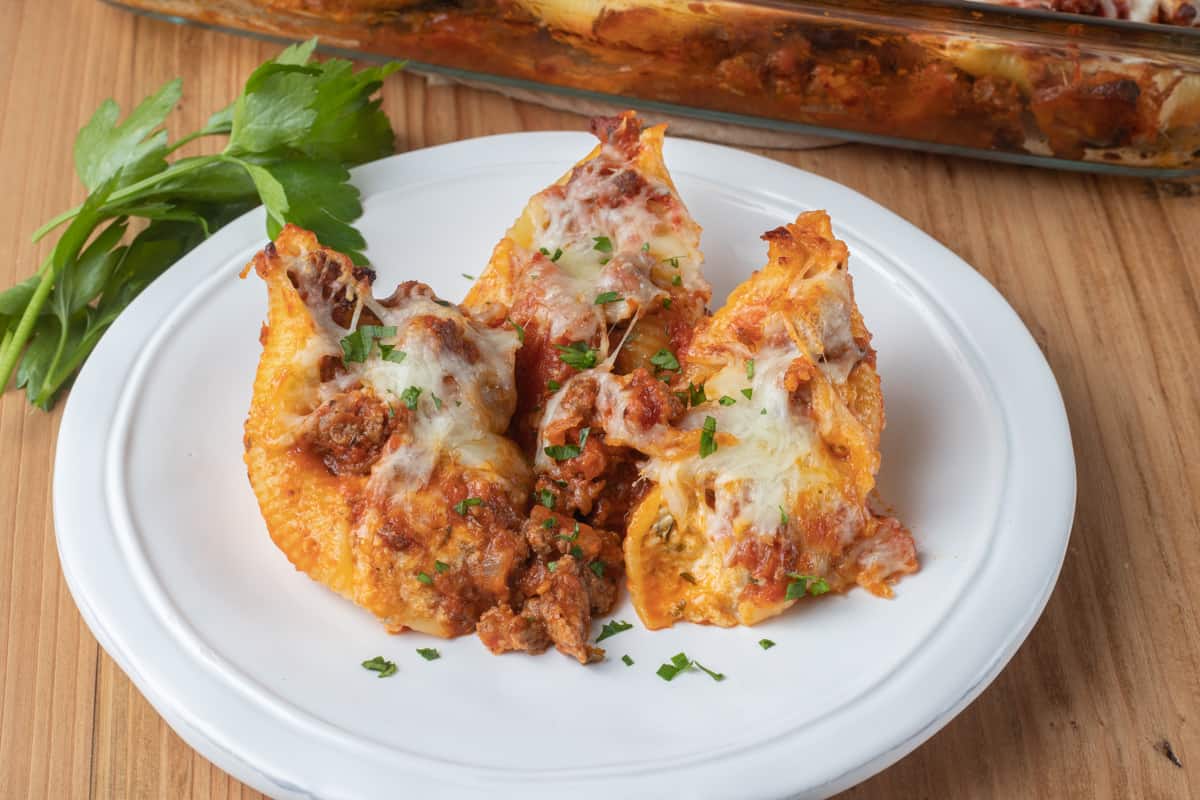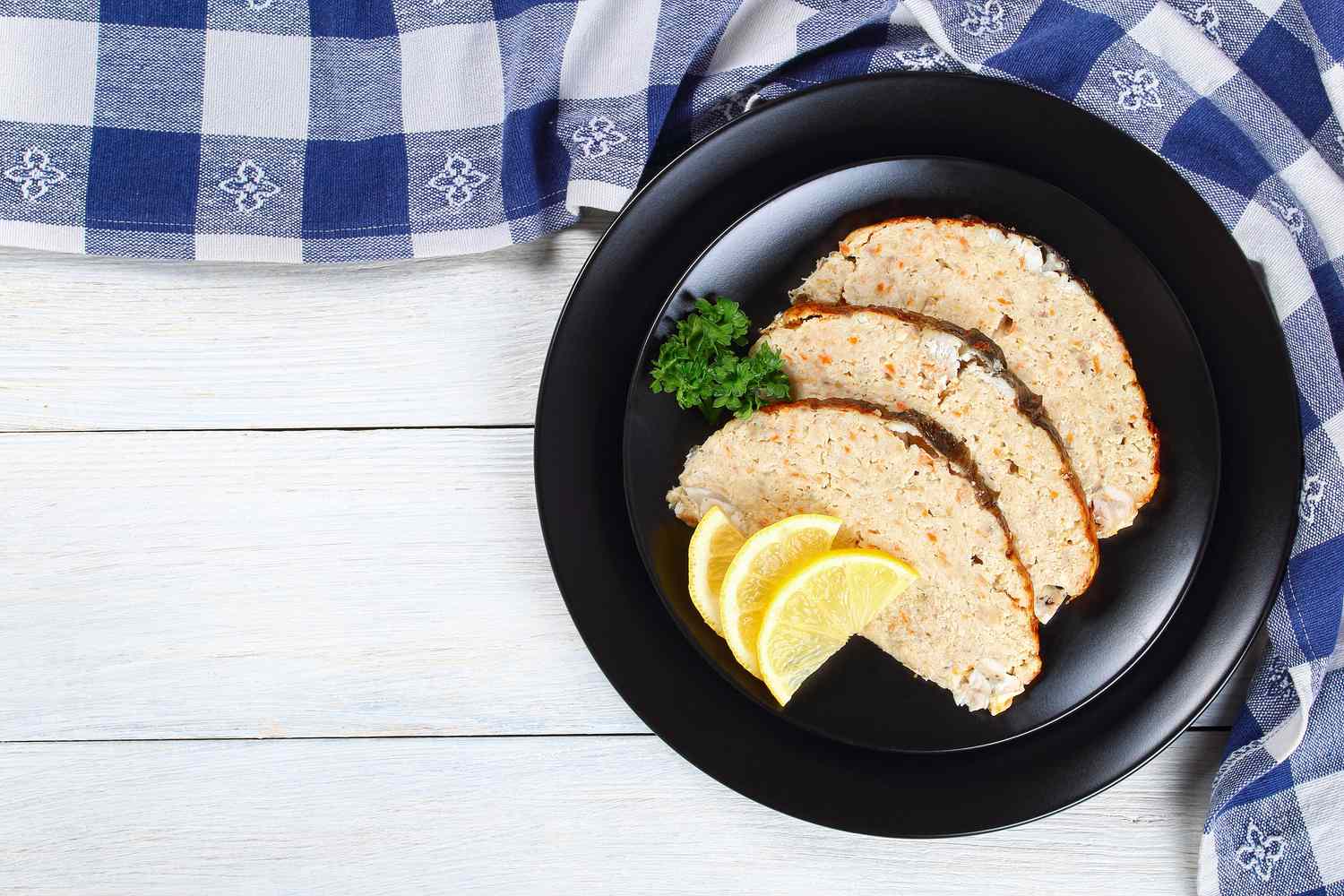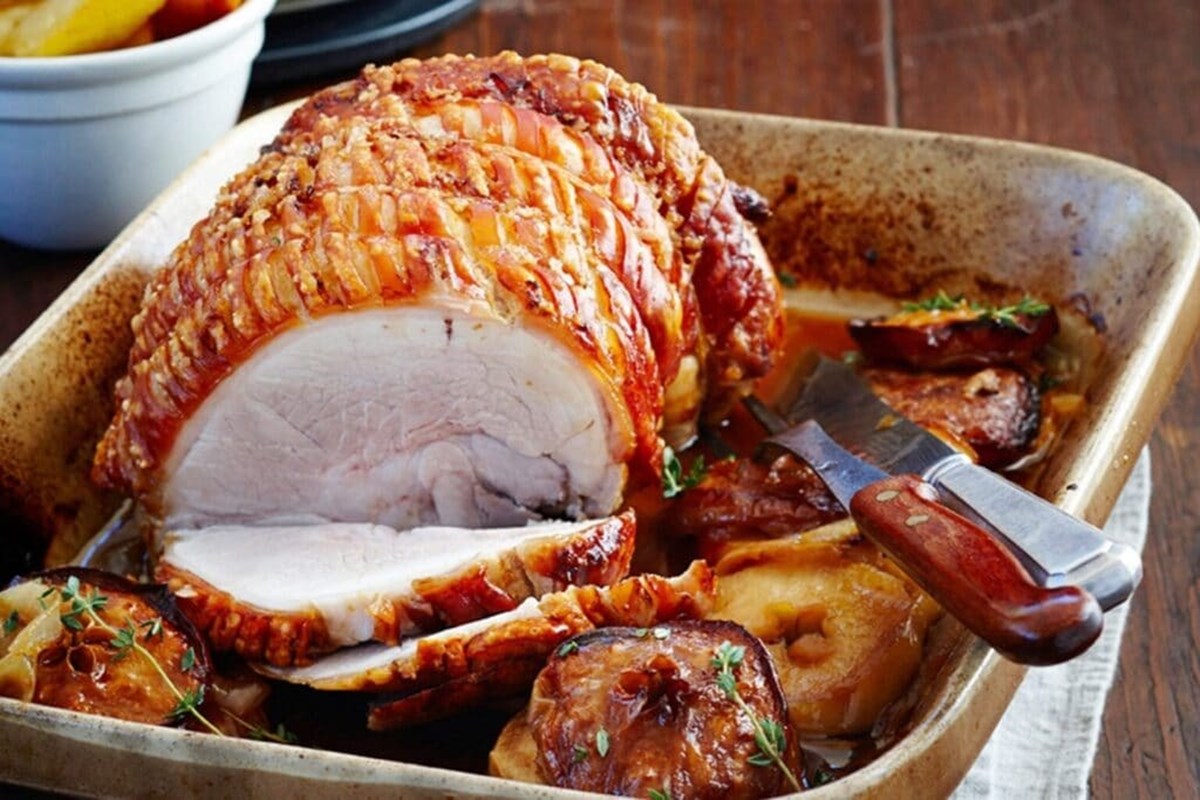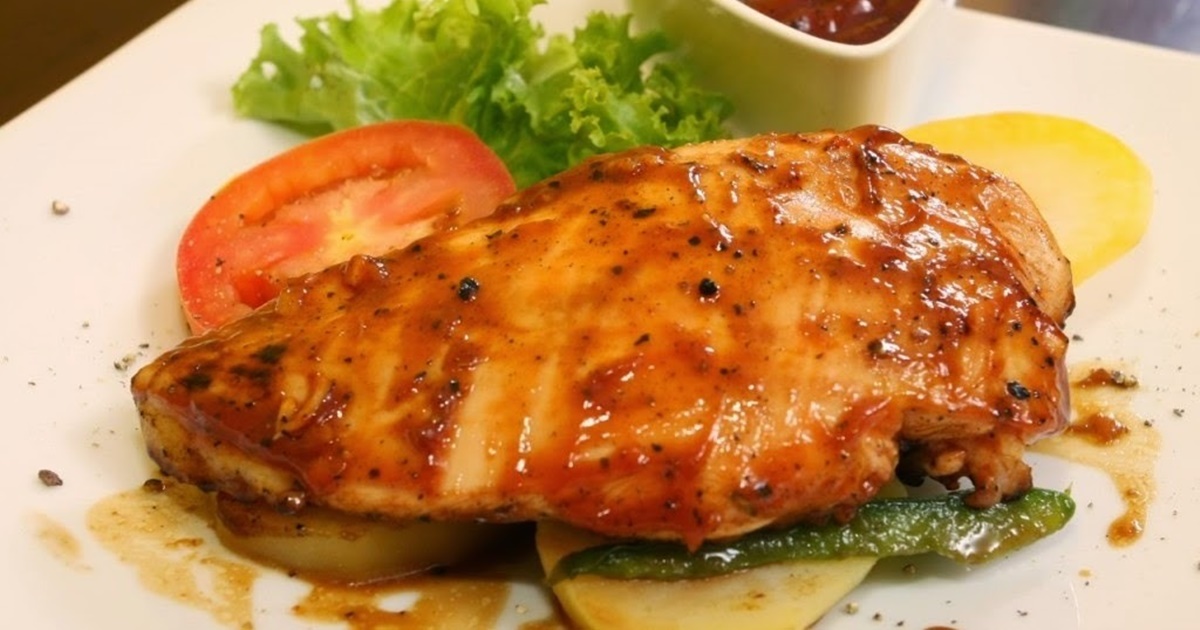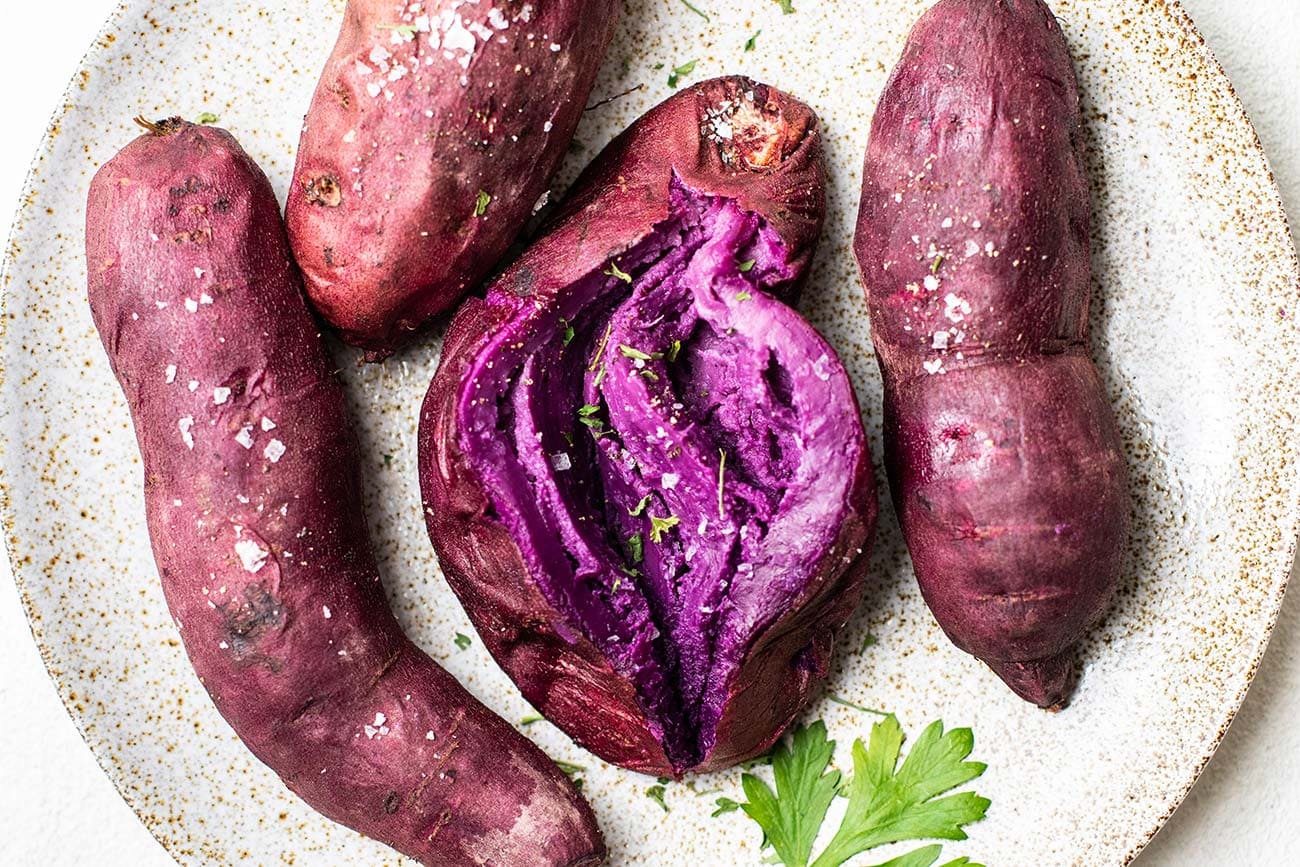Unlocking the Deliciousness: A Guide to Cooking Pheasant Legs
When it comes to game meats, pheasants are one of the most sought-after delicacies. Known for their rich and distinctive flavors, pheasant legs offer a unique dining experience that can elevate any meal. If you’ve ever wanted to venture into the world of cooking pheasant legs, this guide is for you. Let’s dive in and unlock the deliciousness together!
Before we get started, it’s important to ensure that your pheasant legs are fresh and properly prepared. If you’re sourcing them from a local hunting trip or a trusted supplier, make sure they are properly cleaned and free from any visible defects. Now, let’s explore some mouthwatering cooking methods:
1. Roasting Pheasant Legs to Perfection
Roasting is a classic cooking technique that allows the flavors to develop beautifully. Here’s a simple recipe to roast your pheasant legs to perfection:
- Preheat your oven to 400°F (200°C).
- Season the pheasant legs with your favorite herbs and spices. Sage, rosemary, and a pinch of thyme work wonders.
- Place the legs on a baking tray and roast for 25-30 minutes, or until the skin is crispy and golden.
- Remove from the oven, let them rest for a few minutes, and serve hot with your choice of sides.
2. Braising Pheasant Legs for Maximum Tenderness
Braising is a cooking method that involves cooking the meat slowly in liquid, resulting in tender and succulent pheasant legs. Follow these steps to achieve maximum tenderness:
- Preheat your oven to 325°F (165°C).
- Season the pheasant legs with salt and pepper.
- In a heavy-bottomed skillet, heat some oil over medium heat and brown the legs on all sides.
- Remove the legs from the skillet and set them aside.
- Add some diced onions, carrots, and celery to the skillet and sauté until softened.
- Place the pheasant legs back into the skillet and pour in enough chicken or vegetable broth to cover them halfway.
- Cover the skillet and transfer it to the preheated oven. Braise for 2-2.5 hours, or until the meat is tender.
- Serve the pheasant legs with the flavorful braising liquid and enjoy!
3. Grilling Pheasant Legs for a Sumptuous Charred Flavor
Grilling pheasant legs adds a delectable smoky and charred flavor to complement the meat’s natural richness. Here’s a simple grilling recipe to try:
- Preheat your grill to medium-high heat.
- Brush the pheasant legs with a mixture of olive oil, minced garlic, and your choice of herbs like thyme and marjoram.
- Place the legs on the grill and cook for about 5-7 minutes per side or until the internal temperature reaches 165°F (74°C).
- Remove from the grill and let them rest for a few minutes before serving.
Remember, pheasant legs are versatile and can be used in various recipes like stews, soups, and stir-fries. Don’t hesitate to get creative in the kitchen and explore different flavor combinations!
Now that you have these cooking methods at your disposal, it’s time to elevate your culinary skills and indulge in the flavors of pheasant legs. Whether you choose to roast, braise, or grill, the end result will surely impress your guests or satisfy your own cravings. Happy cooking!
– Marinate the pheasant legs in your choice of marinade for at least 4 hours or overnight.
– Preheat the oven to 350°F (175°C).
– Remove the legs from the marinade and pat them dry with paper towels.
– Heat some oil in an oven-safe skillet over medium heat and brown the legs on all sides.
– Transfer the skillet to the preheated oven and roast for about 25-30 minutes or until the internal temperature reaches 165°F (74°C).
– Allow the legs to rest for a few minutes before serving.
– Rosemary and garlic: These aromatic herbs add a savory and earthy note to the meat.
– Citrus and thyme: The bright acidity of citrus fruits, such as oranges or lemons, complements the delicate flavor of pheasant.
– Apple and sage: The sweetness of apples and the slight bitterness of sage create a delightful balance with the gamey taste of pheasant.
– Red wine and juniper berries: Braising pheasant legs with these ingredients adds richness and depth to the dish.
Feel free to experiment with different combinations to find your favorite flavor profile!
Was this page helpful?
Read Next: How To Cook Large Mouth Bass
